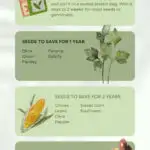
When the end of winter is in sight, it’s time to bring out your multi-year collection of garden seeds and start planning for an abundant new season. But are those garden seeds still viable? Or will you have to invest in more?
As you may have experienced yourself, it’s all too easy to overbuy on garden seeds.
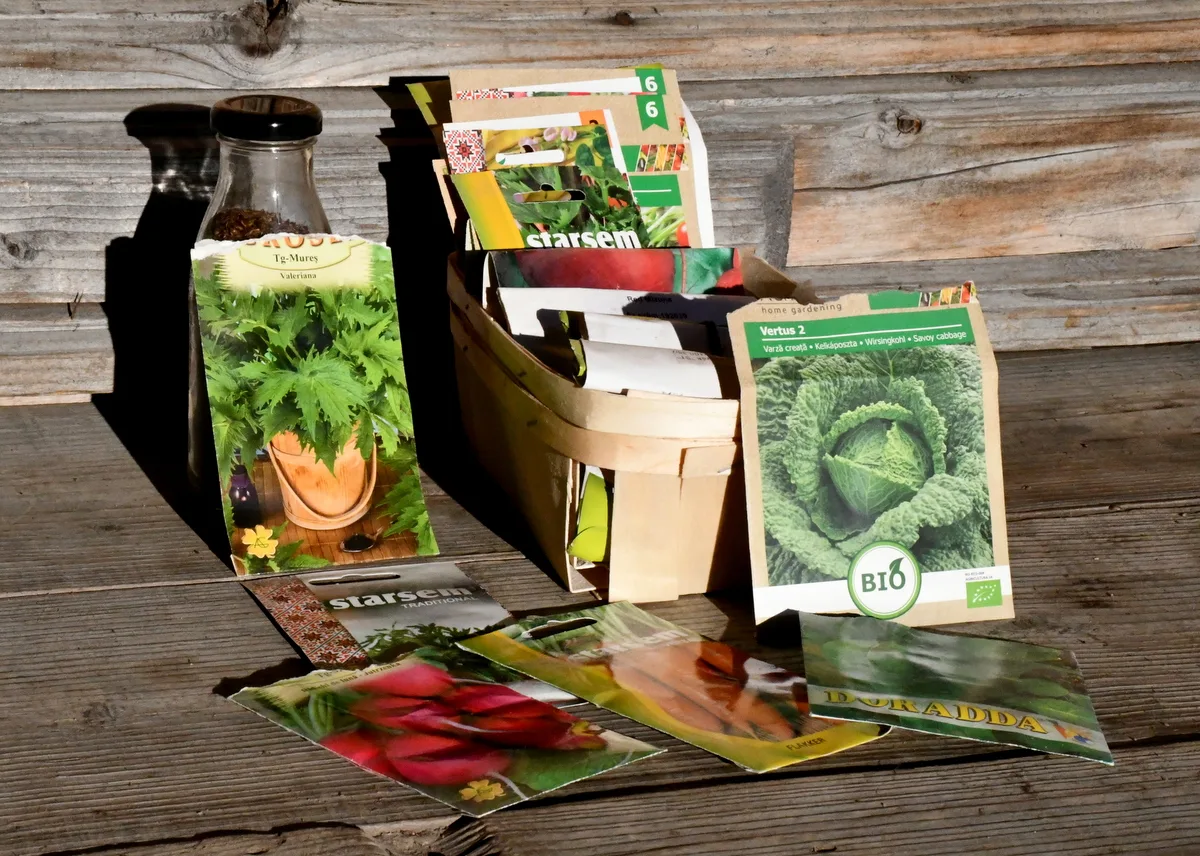
You see a new variety in a seed catalog and think; this is the one I need. Then you end up finding yet another variety that you’d also like to try, for the sake of diversity, that is. Finally, you snap back to reality and realize you only have so much garden space, so those extra packets of seeds you already purchased will have to wait for another planting season.
Some seed packages contain so few seeds, like pumpkins and squashes, that they are easy enough to sow, grow and save your own seeds in a single growing season.
Others, like lettuce and cabbage, contain more seeds or “potential plants” than most gardeners can grow in space and time. So, there will always be an overlap of seed stock from year to year.
A quick hint, the expiration date on the back of the seed package is just an approximation.
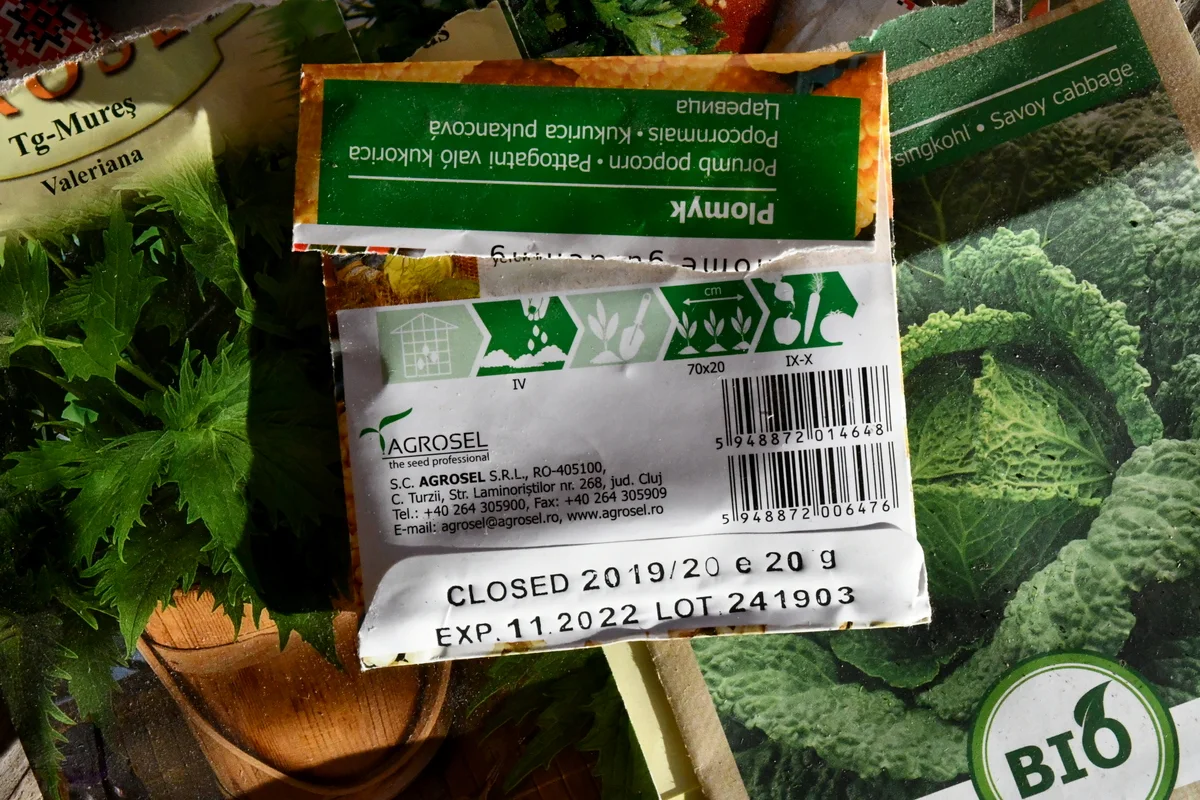
Planted more densely, it’s definitely worth a try.
The vitality of those seeds depends on several factors, not limited only to storage conditions.
How, then, will you know if your seeds are still good, or will you be wasting your time in the garden? Let’s clear that up so your garden gets the best possible start.
To Find Out If Your Seeds Are Still Good – Test Them.
Essentially there are two methods to test the viability of your garden seeds. The quick and unreliable way, for starters, and the longer, more reliable way. I suggest going with the latter, but I’ll describe them both because it’s always useful to learn from other people’s mistakes.
The Water Test
Grab some seeds and an empty jar, and put the seeds in the jar with some water for about 15 minutes.
Conventional lore says that if the seeds sink, they are viable. If they float, their chances of sprouting are slim.
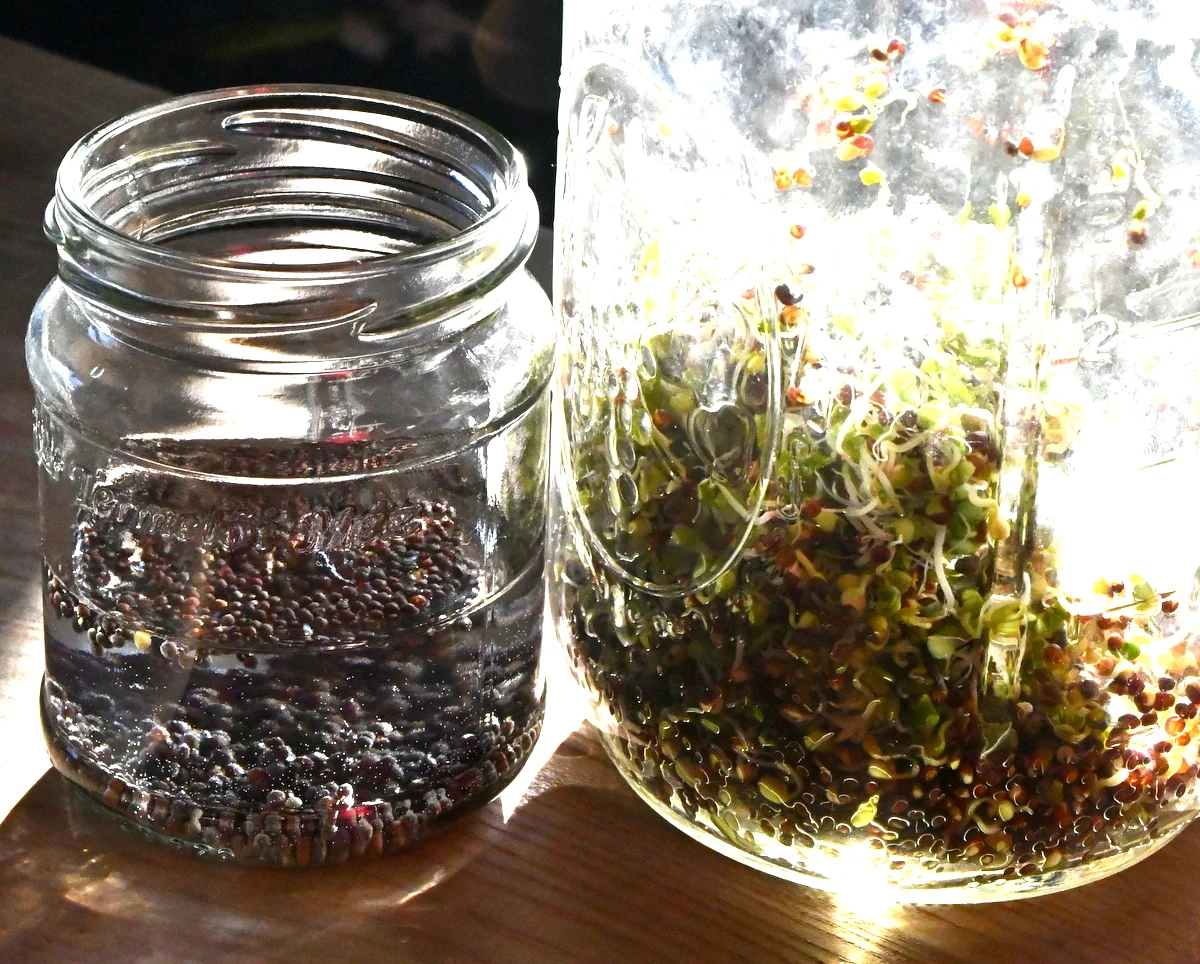
I’m calling out on this test for simply not being true. It really depends on what seeds you are trying to sink. For example, take broccoli seeds. If you are trying to sprout them, you’ll find that some of the seeds float, and others sink. In the end, almost all of them germinate.
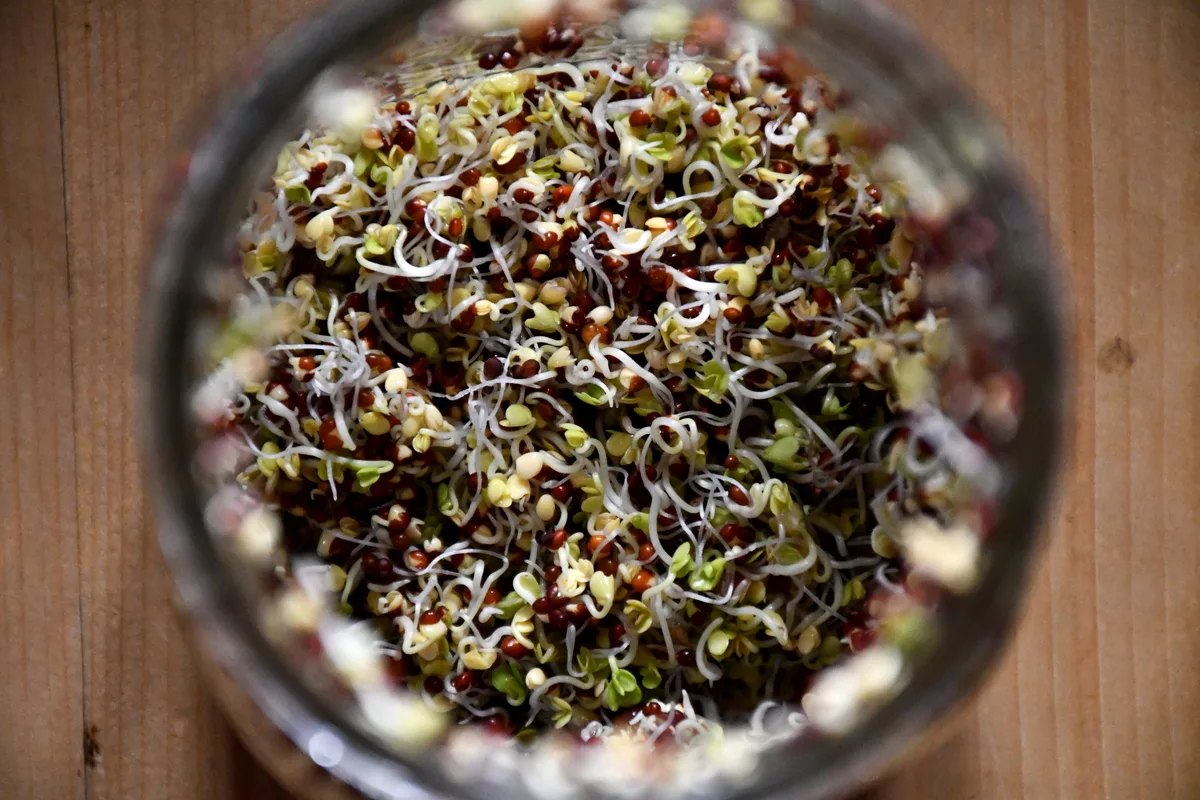
These sprouted broccoli seeds seem pretty viable to me.
The next test will give you far better results, resulting in percentages you can apply to your greenhouse or garden.
The Germination Test
The easiest way to germinate your seeds is with a damp paper towel and a plastic bag. It doesn’t get any more complicated than this.
Take ten seeds from a seed packet that you wish to test and place them in a single row on a damp paper towel. Fold it over, so the seeds are covered, and place them inside a plastic bag that can be sealed or folded.
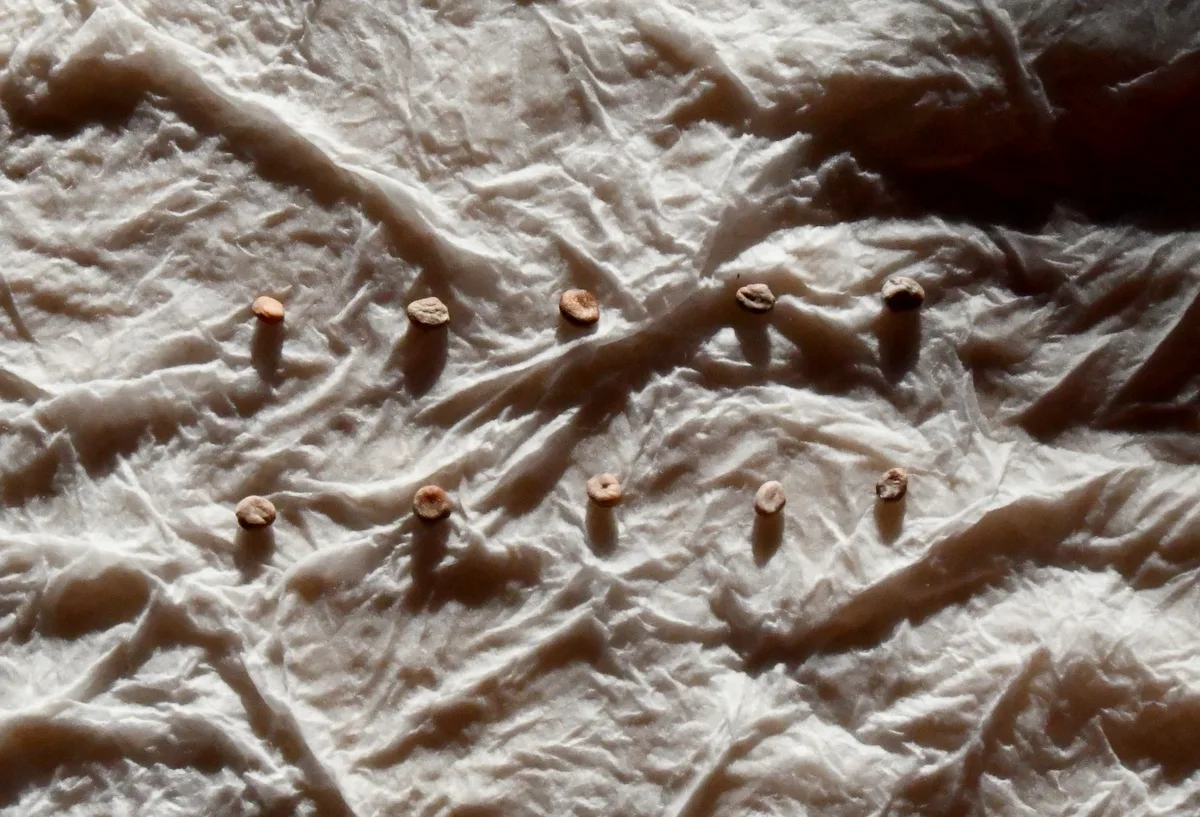
Then put this germination experiment in a warm place and wait for the seeds to germinate.
What you need to know is that different seeds germinate at different rates. Cress, Brassicas, lettuce and radishes are among the fastest to germinate, even within a few days. Other garden crops could take up to two weeks or longer.
Germination time depends on:
- temperature
- light
- water
- age of seeds
- genetic traits
- oxygen levels
With the seeds in a warm place, be sure to check them once a day until they germinate. If the paper towel is drying out, make sure to mist it, being careful not to soak it. Also, choose the location of the seeds carefully, setting them in a place where they won’t overheat in the sunlight.
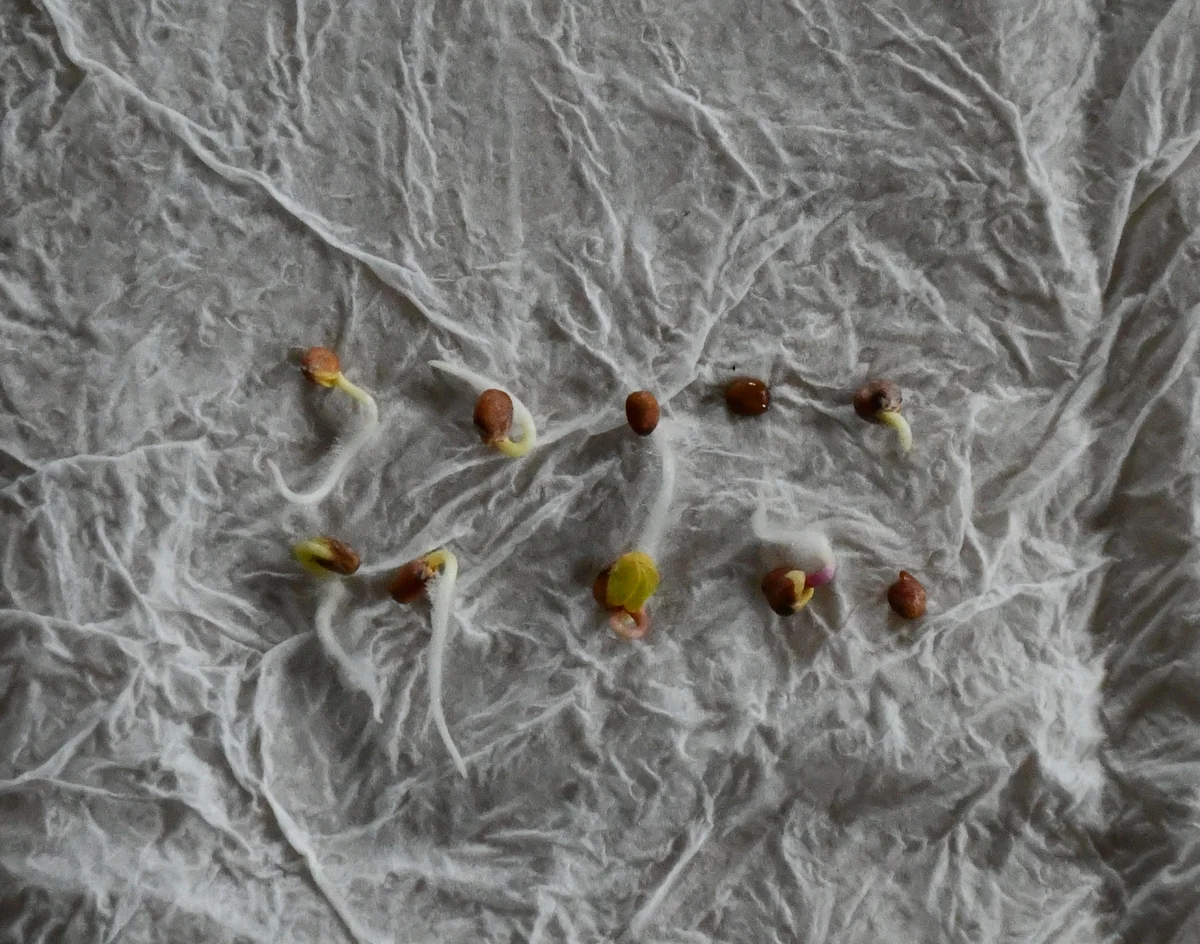
Knowing the approximate amount of time to germination is super helpful. Allow at least that many days plus a week more before giving up on the seeds.
If all else fails, toss those questionable seeds on your compost pile when late spring arrives and hope for the best. We’ve actually grown some of the biggest squashes and pumpkins this way directly on the compost – they get all the nutrients they can ask for, free for the taking.
Back to your germination experiment. When it seems that as many seeds have germinated that possibly can, it’s time to count them up and determine what germination percentage you are looking at. If seven sprouted, that’s 70%. Pretty good for a package of old seeds, right?
When to Test Your Seeds?
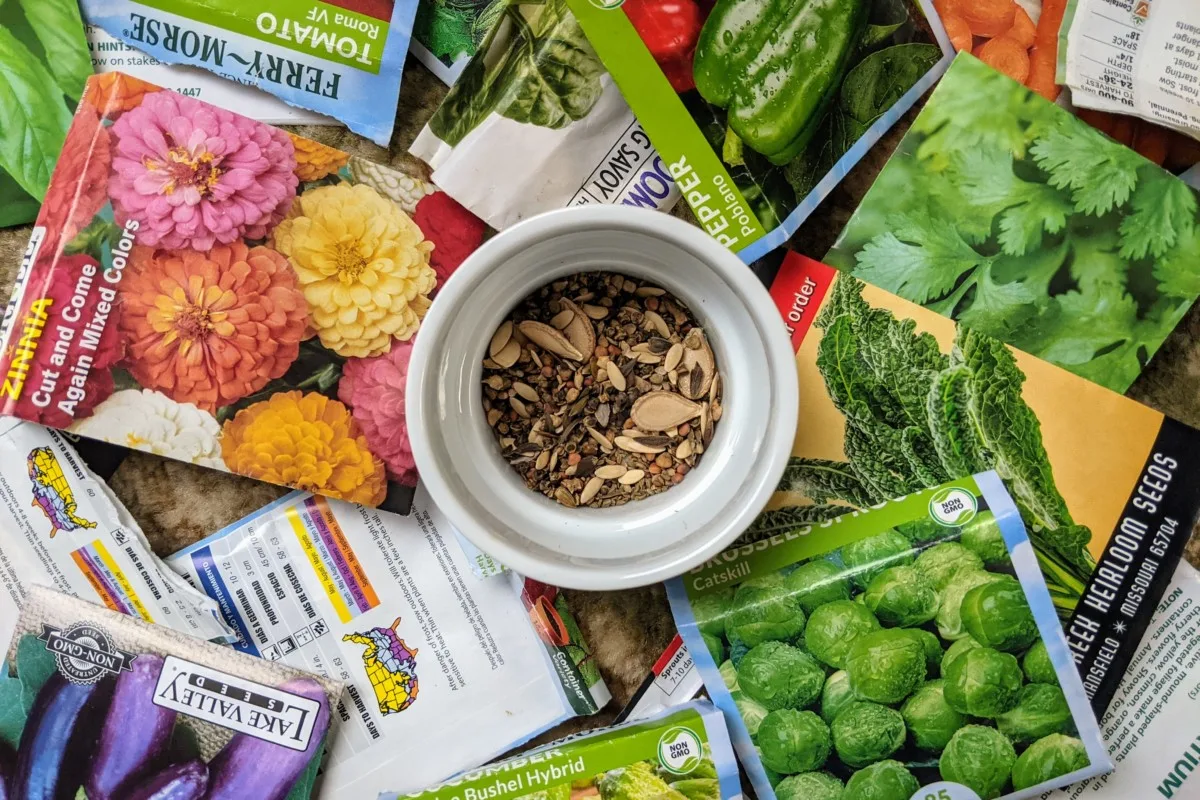
Ideally, you’d want to test your seeds as close to planting time as possible. This way, you may even be able to plant them in the soil.
But there’s a downfall to this approach. If the seeds don’t germinate well, you are off to the garden center or online shopping for new seeds, which may or may not be there when you need to plant them.
I’d go with a germination test earlier than later. Just find some time to work it into your busy schedule. Don’t forget to involve kids in this spring activity, either.
Can Old Seeds Germinate?
It’s entirely true that some seeds can germinate a decade or more after they were harvested.
The dormancy period is what allows certain seeds to survive for an extended period of time. One only needs to experience weed seeds in the garden to learn this lesson firsthand.
Did you know that the seeds of lambsquarters, otherwise known as goosefoot, are still viable in the soil after 40 years? This isn’t necessarily a bad thing since they are both edible and tasty.
What about morning glory seeds? Those hard-shelled seeds remain viable for 80 years in prime soils. Generally, they are not welcome in the garden. Not because the seeds are toxic when ingested (which they are), but because of what their other common name suggests: bindweed. If left to grow uncontrollably in the garden, they will intermingle and take down your carrot greens without a second thought.
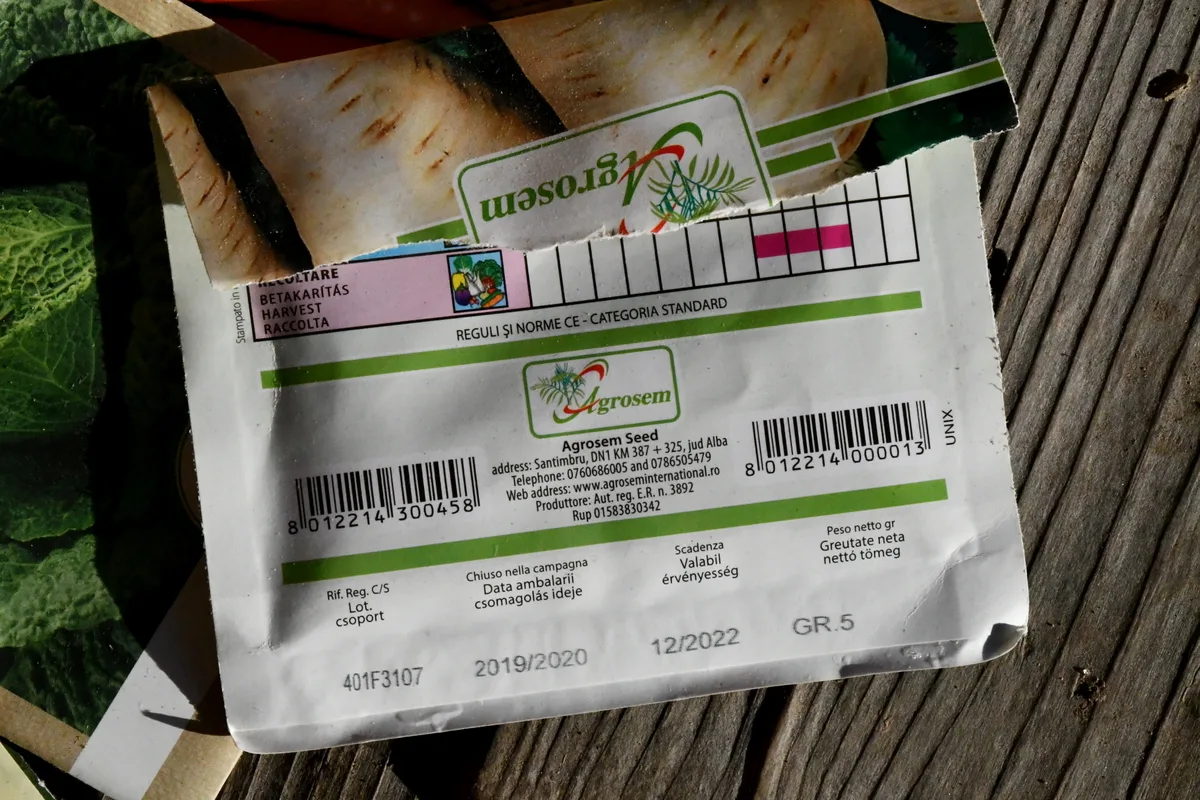
When all is said and planted, seeds from annuals will last fewer years in storage than biennials or perennial seeds.
Seeds from annuals usually remain viable from one to three years after harvesting.
Biennials often remain viable for up to three or four years.
Most perennial seeds can still be planted after four or five years.
If you find that your germination rate is below average, consider planting the seeds more densely in the garden instead of tossing them out. You may just be surprised at the results.
You can always make up for the lack of garden vegetables by purchasing seedlings from other farmers and gardeners or choose a later planted crop to fill in the gaps in your garden.
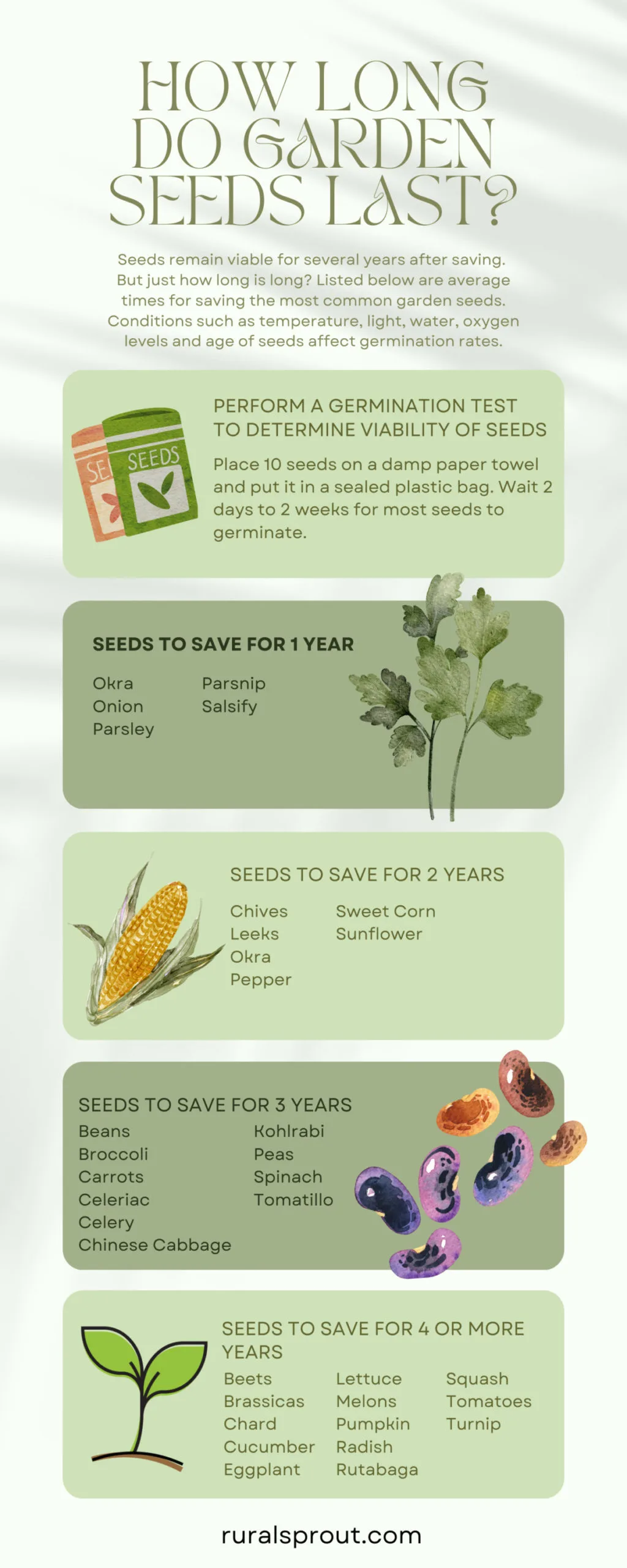
On Average, How Long Do Garden Seeds Last?
Let’s dig a bit deeper into the world of seeds.
When seeds are saved properly, they can last for a long time, certainly more than one season.
Take a tomato seed from your homegrown tomatoes. You’ll want to read Meredith’s article about successfully saving tomato seeds if you haven’t had much luck at saving viable seeds yet. I’ll give you a hint: the secret is in the fermentation.
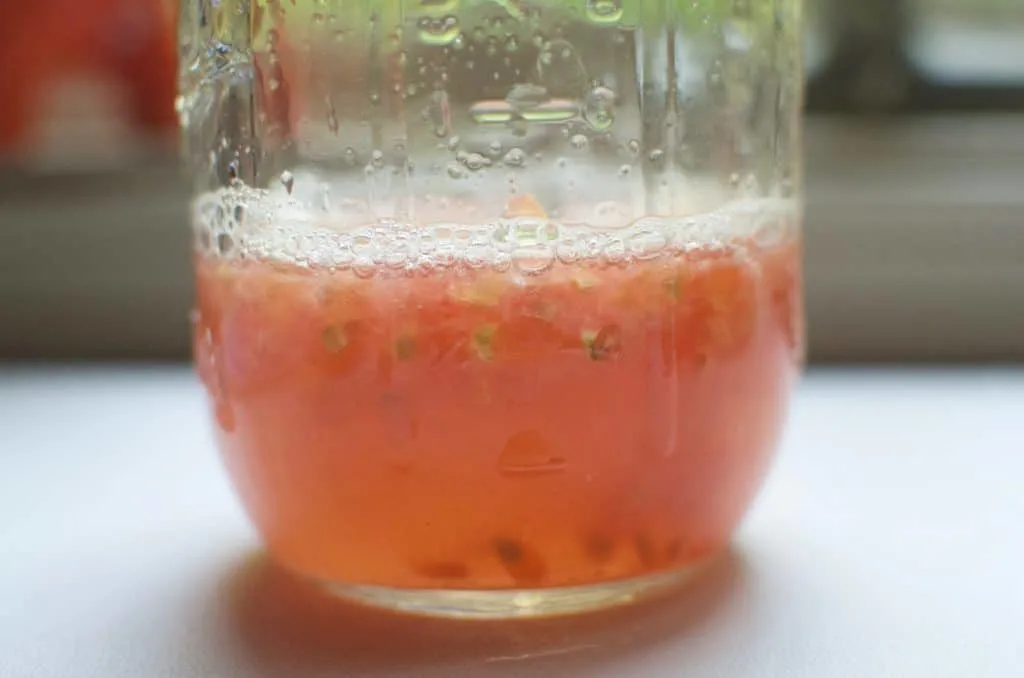
You could assume that since tomatoes are grown as annuals (even though they are tender perennials in their native tropical growing zone), the seeds would last up to three years in storage. In fact, tomato seeds can last much longer than that. Some sources say that in proper storage, tomato seeds can be kept for 10 to 12 years, though their viability will deteriorate over time.
I’ve also read that tomato seeds can last up to 16 years or longer. When in doubt, the rule is don’t throw it out in the trash when it comes to seeds. It’s always worth a try to keep good heirloom varieties alive for future seasons and generations.
Related Reading: 9 Things You Need To Know Before Planting A Single Tomato Seed
Whatever you do, be sure to keep notes.
A gardening journal may sound like a lot of work to keep, though try relying solely on your memory for the day/week/month when you planted your beans last year.
Was the soil wet from rain or already dry from drought, which made pre-soaking your seeds necessary? What happens if the weather is completely different this year? Do you even remember the variety you planted?
It’s happened once before when I bought a variety of beans that didn’t do well in our garden, only to re-buy it again the following year from the same company, because the photo on the package changed.
Sadly, that updated picture didn’t make the beans perform any better in the garden.
Keeping notes also goes for taking charge of your seed stock. At some point in your gardening career, you’ll want to know what’s left over, whether it will be enough to fill the garden and how long it’s been sitting in an envelope or jar.
Once your seeds pass the germination test, your garden is good to grow.

Get the famous Rural Sprout newsletter delivered to your inbox.
Including Sunday ramblings from our editor, Tracey, as well as “What’s Up Wednesday” our roundup of what’s in season and new article updates and alerts.


